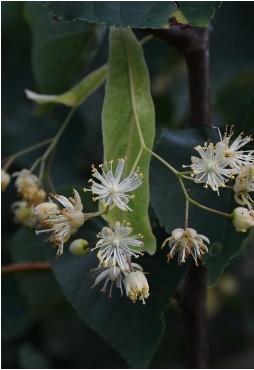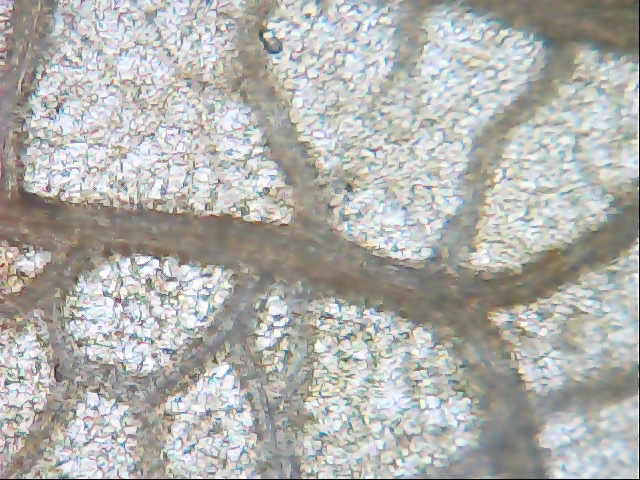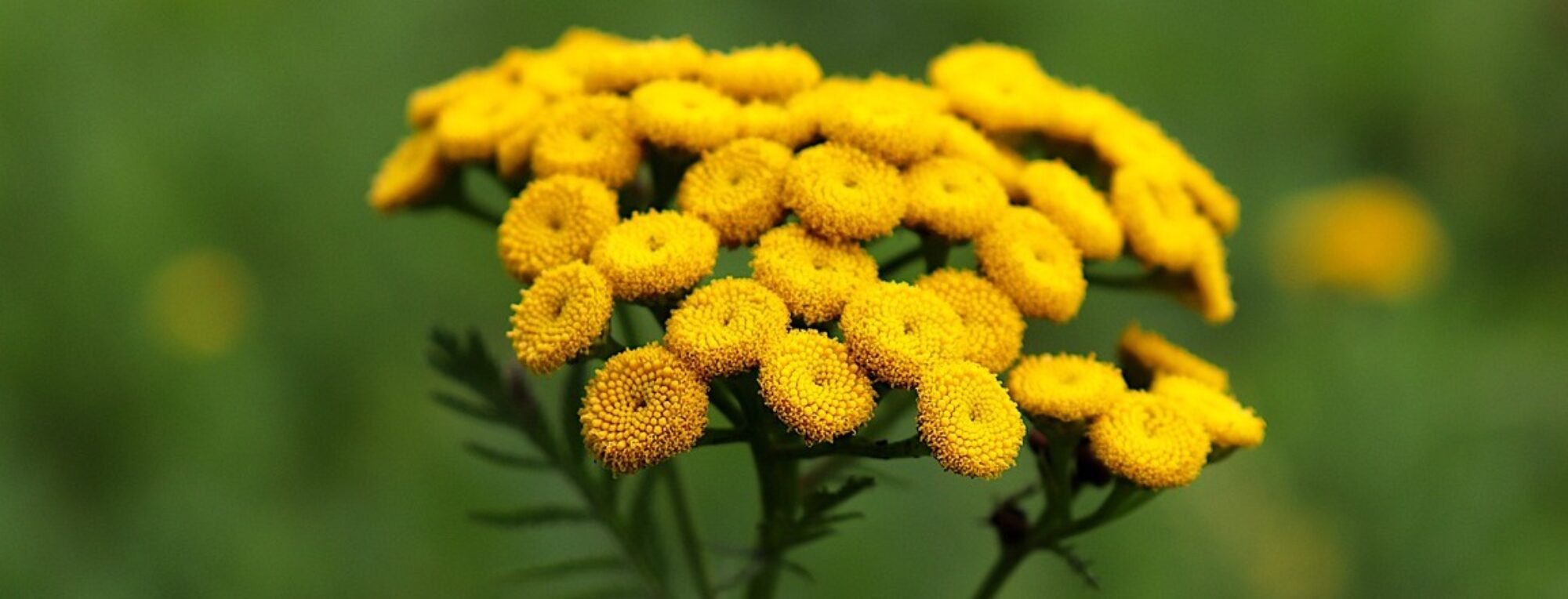
English name: Common lime
Family: Tiliaceae
Botanical characteristic: A tree 20 – 30 m high, with a dense crown. The leaves are large, alternate, heart-shaped, long-stalked, slightly serrated, with leaflets in the axils. Small-leaved linden has smaller leaves. The flowers are forked. The fruit is a spherical achene.
Microscopic drawing:


Distribution: It grows on moist soils, in deciduous and mixed forests, along roadsides.
Drug: Tiliae flos
Harvesting method: It blooms in the months of June and July. The flowers together with the bracts are collected during the period of full bloom by hand or with scissors. After harvesting, the flowers are sorted and impurities are removed.
Drying: The flower is dried naturally in one layer, in the shade, in an airy room. Artificially in a dryer at 45 °C.
Active substances: The lime flower is rich in flavonoids, with rutin and hyperoside being dominant. Abundant amounts of mucilage and essential oils are also present. As part of its metabolism, the plant synthesizes tannins, as well as organic acids such as caffeic acid, chlorogenic acid, and p-coumaric acid.
Uses: The lime flower is used in the treatment of colds and coughs. It has a pronounced diaphoretic and diuretic effect. Tea made from this herb is also attributed the ability to alleviate spasms.
Traditional method of use in indications determined solely on the basis of long-term use:
– alleviating the symptoms of a mild cold,
– relief of mild symptoms of psychological stress.
Selected herbal preparations: APOTHEKE LINDEN HERBAL TEA 20×1.5 g, PHYTO LINDEN TEA 1×40 g, AGROKARPATY Cold BLACK ELDER WITH LINDEN herbal tea 20×2 g, MEGAFYT Good night herbal tea 20×1.5 g, NaturProdukt LINDEN LIME PASTELS breathing and immunity 20 pcs., Dr.Max Sinutin liquid preparation 245 ml, Slovakiapharm TUSIKOL 250 ml.
